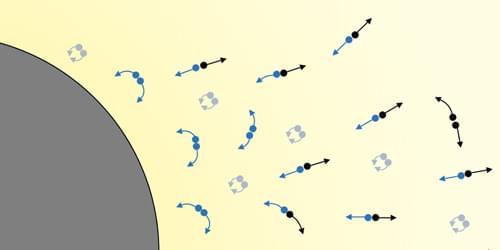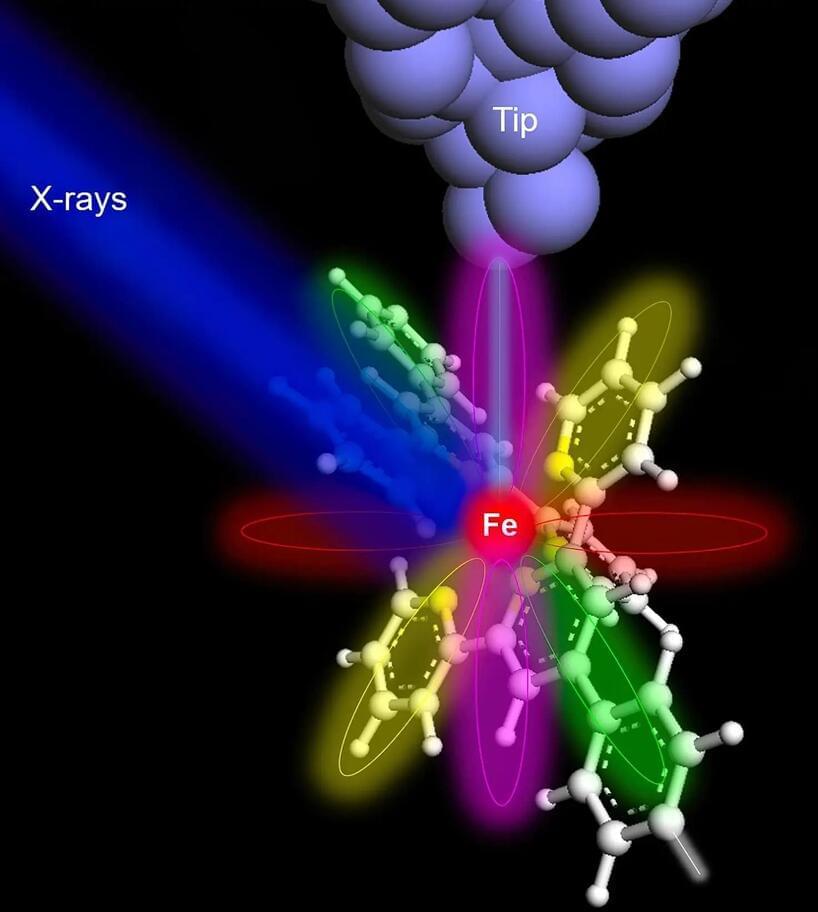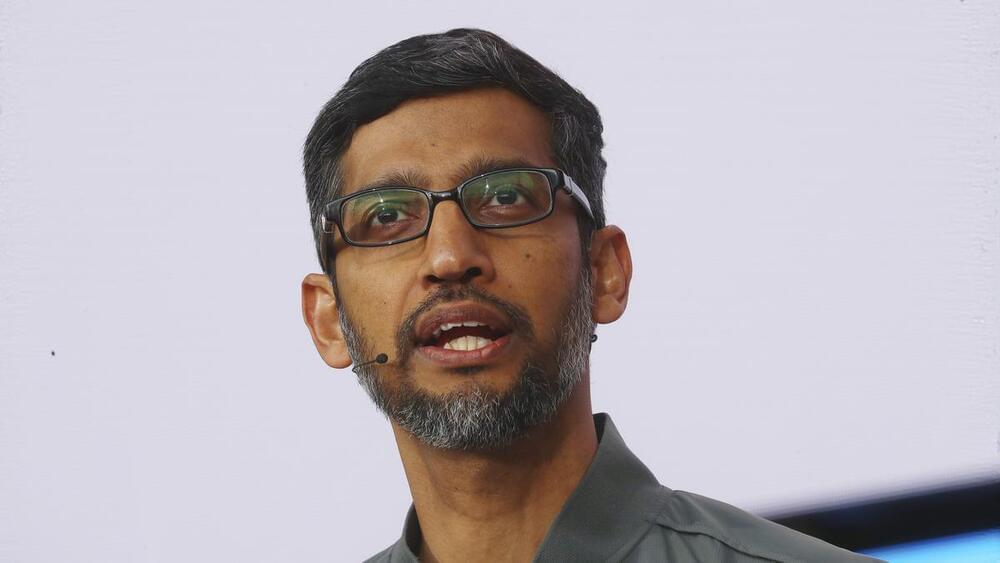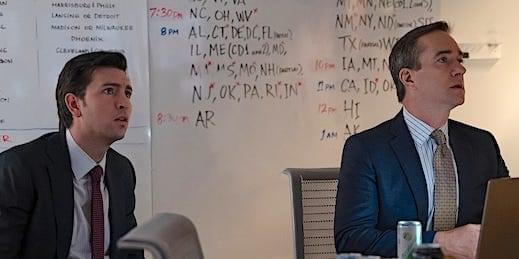An analysis reveals striking similarities between the BlackSuit and Royal ransomware strains.




The quantum fluctuations that pervade empty space spontaneously give birth to pairs of particles and antiparticles. Ordinarily, these pairs annihilate so promptly that their existence is virtual. But a powerful field can pull a pair’s members apart for long enough that their existence becomes real. In 1951 Julian Schwinger calculated how strong an electric field needs to be to beget electron–positron pairs. Now Michael Wondrak and his colleagues of Radboud University in the Netherlands have proposed that particle pairs can be brought into existence by the immense gravitational tidal forces around a black hole [1].
Wondrak and his colleagues considered all the paths a pair of virtual particles could take during their brief existence. If the vacuum is stable, all pairs that are created are also destroyed. But a strong field destabilizes the vacuum, makes some paths more likely than others, and leads to a deficit of pairs that recombine. The deficit is balanced by a net outflow of real particles, which, in the case of a black hole’s gravitational field, leads to the black hole’s eventual evaporation.
The theorists’ approach is sufficiently general that it could reproduce not only Schwinger’s effect but also Stephen Hawking’s 1974 proposal that if a particle–antiparticle pair springs into virtual existence near a black hole’s event horizon, one member could fall in while the other escapes. What’s more, the researchers found that Hawking’s effect is a special case of a more general phenomenon. Pulling virtual particles into existence depends only on the stretching of spacetime wrought by a curved gravitational field and does not require an event horizon as Hawking originally suggested. One intriguing implication is that a neutron star, whose Schwarzschild radius lies beneath the stellar surface, can also beget particle pairs and decay.

Atom for the first time. Using a pioneering technique known as synchrotron X-ray scanning tunneling microscopy (SX-STM), the team was able to identify and characterize individual atoms, opening new possibilities in environmental, medical, and quantum research.
A team of scientists from Ohio University, Argonne National Laboratory, the University of Illinois-Chicago, and others, led by Ohio University Professor of Physics, and Argonne National Laboratory scientist, Saw Wai Hla, has taken the world’s first X-ray SIGNAL (or SIGNATURE) of just one atom. This groundbreaking achievement was funded by the U.S. Department of Energy, Office of Basic Energy Sciences, and could revolutionize the way scientists detect materials.



Since 2015, reusable rockets have dramatically decreased the cost of transportation from Earth to orbit. Such process is paving the path toward a civilian sp…

Summary: Researchers developed a machine learning algorithm, FoodProX, capable of predicting the degree of processing in food products.
The tool scores foods on a scale from zero (minimally or unprocessed) to 100 (highly ultra-processed). FoodProX bridges gaps in existing nutrient databases, providing higher resolution analysis of processed foods.
This development is a significant advancement for researchers examining the health impacts of processed foods.
Is Senior Vice President of the Energy Systems business unit of Westinghouse Electric Company, which is the nuclear power unit of.
Westinghouse, where her core focus is in leading the team developing and.
deploying their AP300 Small Modular Nuclear Reactor (https://www.westinghousenuclear.com/Portals/0/about-2020/lea…UL22.pdf).
Dr. Baranwal recently served Chief Technology Officer of the organization, where she led the company’s global research and development investments, spearheading their technology strategy to advance the company’s nuclear innovation, and drove next-generation solutions for existing and new markets.
Dr. Baranwal’s appointment to this CTO role in 2022 marked a return to Westinghouse where she worked for nearly a decade in leadership positions in the Global Technology Development, Fuel Engineering, and Product Engineering groups.
Prior to rejoining Westinghouse, Dr. Baranwal served as Assistant Secretary for the U.S. Department of Energy’s (DOE) Office of Nuclear Energy where she directed the R&D portfolio across current and advanced nuclear technologies while collaborating across nuclear utilities, national labs, reactor developers, academia and government stakeholders. She has also held senior leadership roles with the Idaho National Laboratory as Director of the Gateway for Accelerated Innovation in Nuclear (GAIN), and most recently was the Chief Nuclear Officer and Vice President of Nuclear for the Electric Power Research Institute (EPRI).
Prior to joining Westinghouse, Dr. Baranwal was a manager in Materials Technology at Bechtel Bettis, Inc. where she led and conducted R&D in advanced nuclear fuel materials for US Naval Reactors.
Dr. Baranwal is a Fellow of the American Nuclear Society. She has a bachelor’s degree from Massachusetts Institute of Technology (MIT) in materials science and engineering and a master’s degree and Ph.D. in the same disciplines from the University of Michigan.